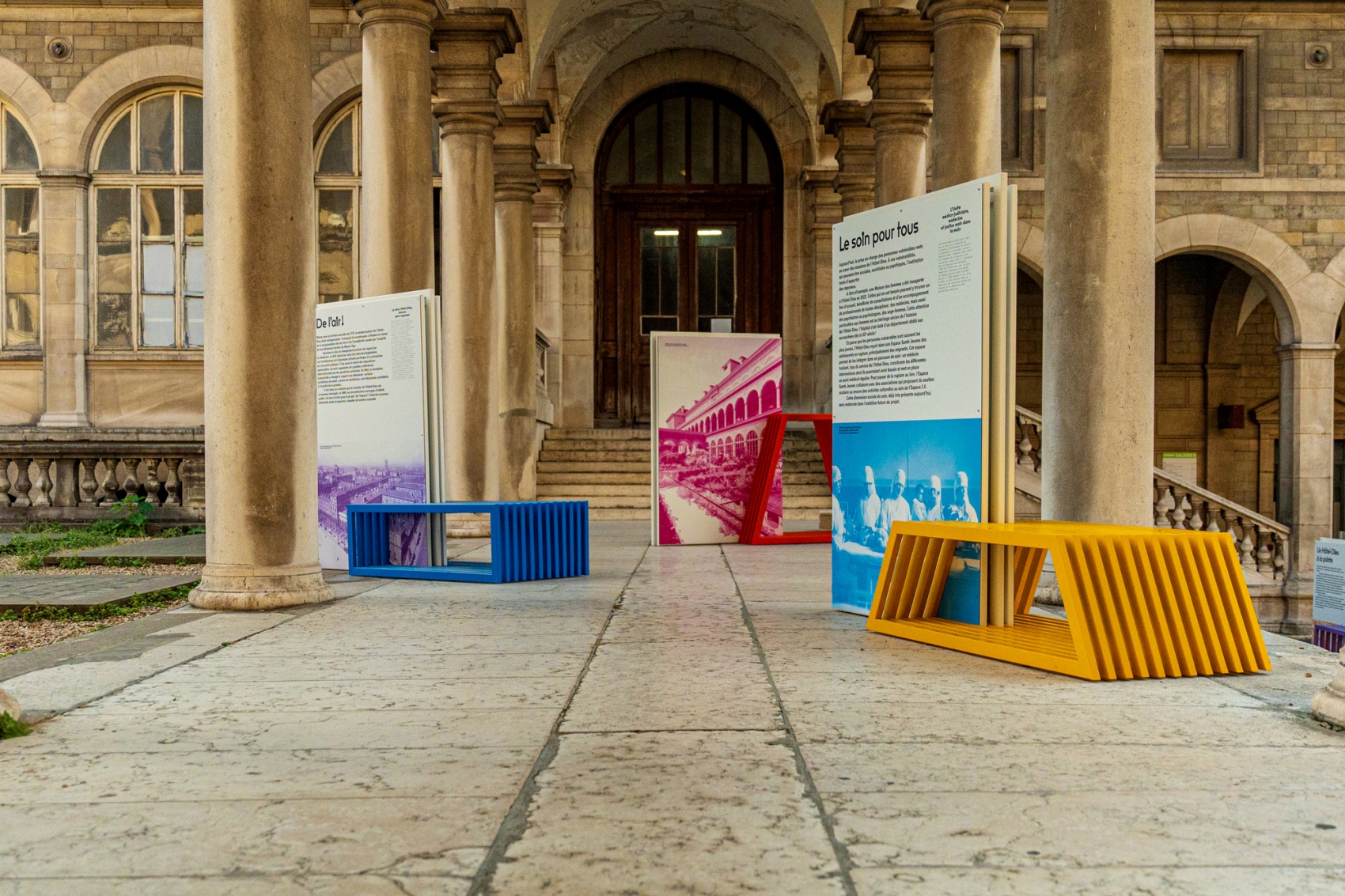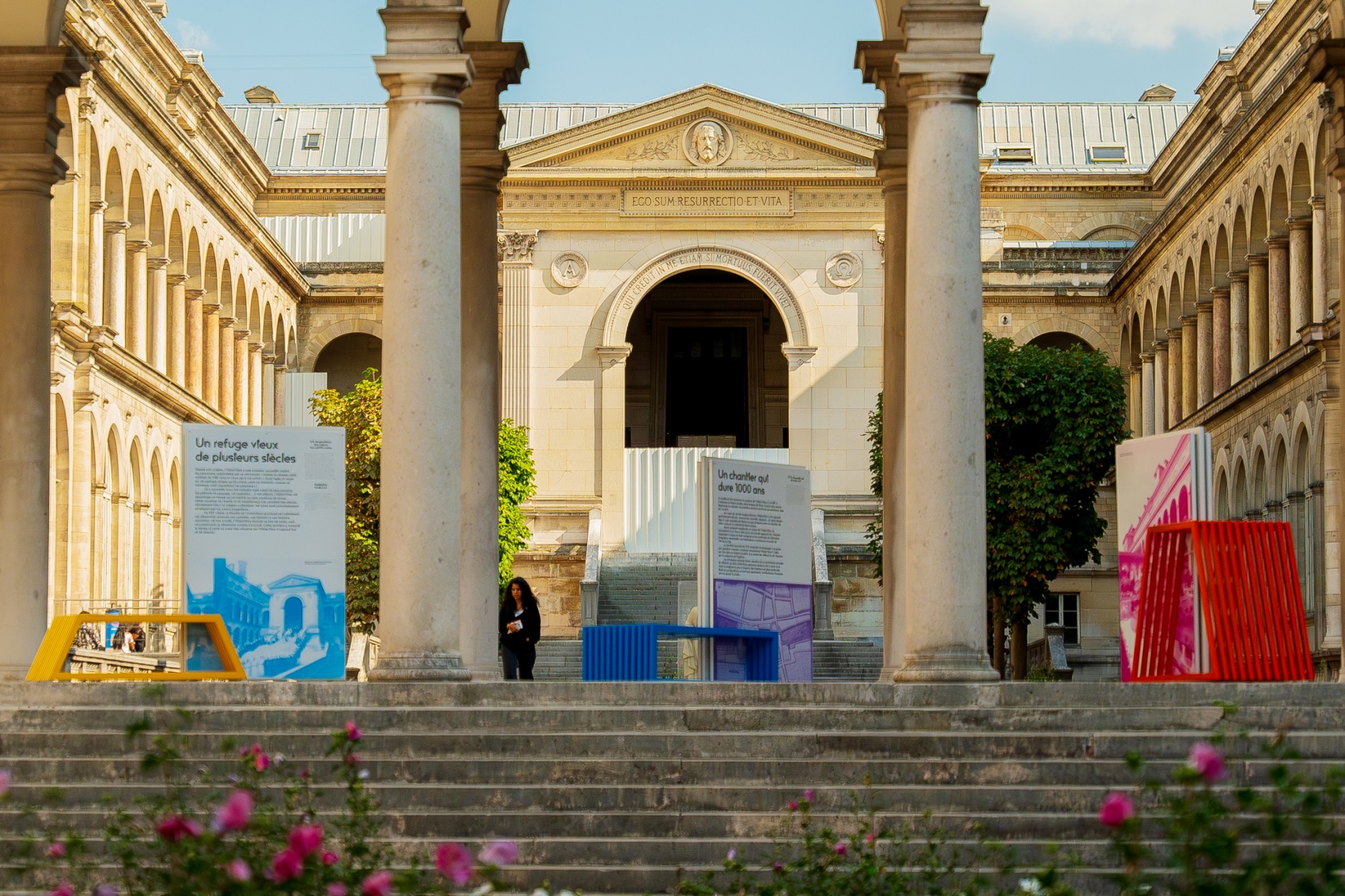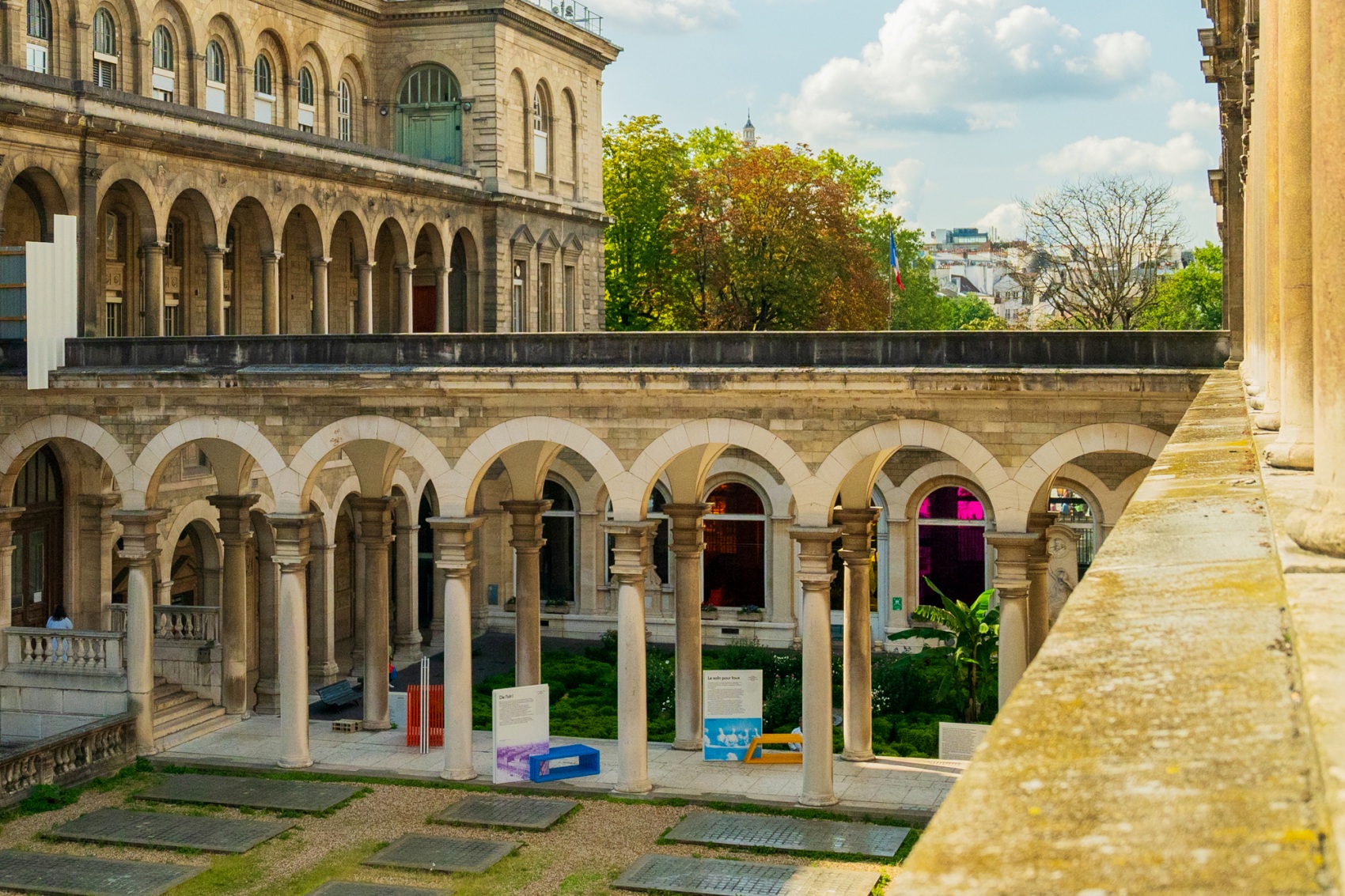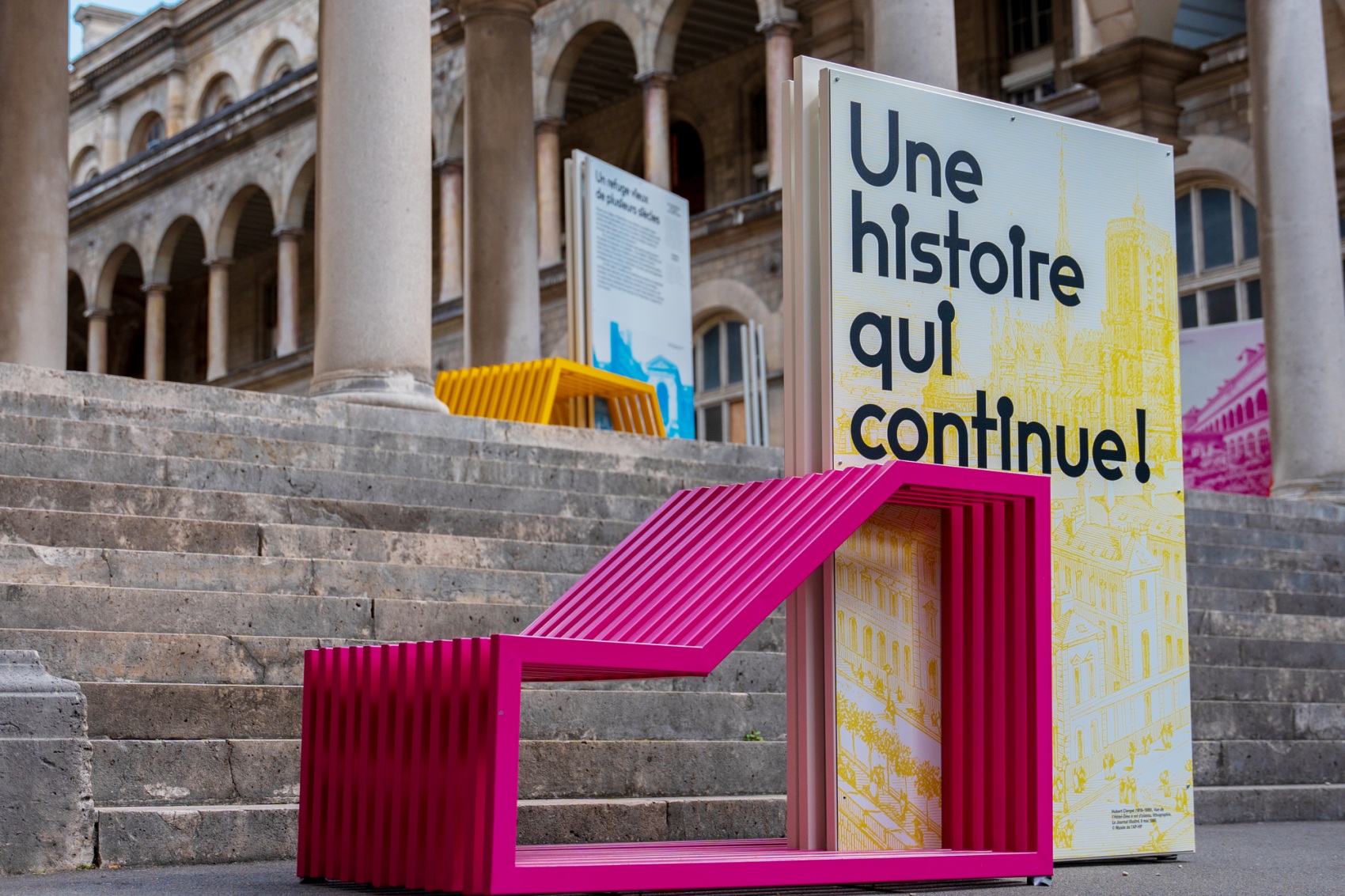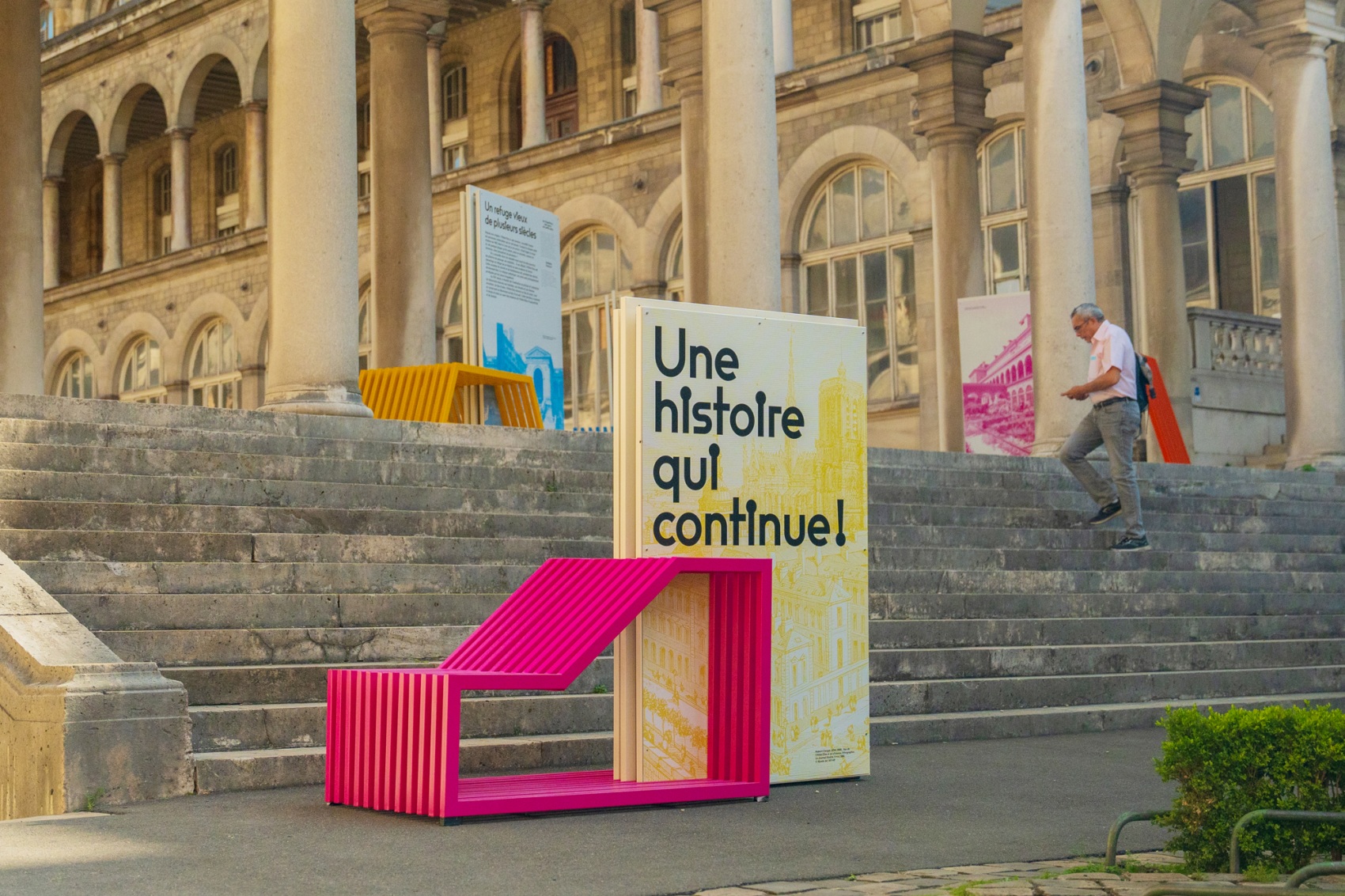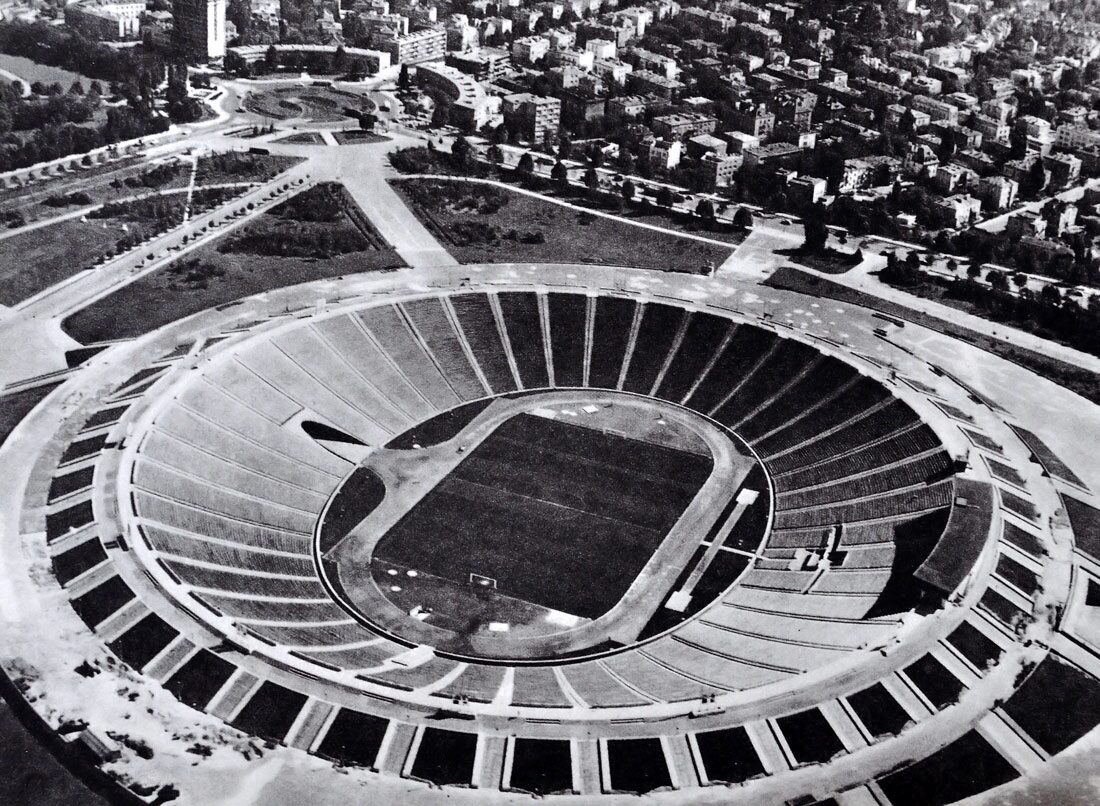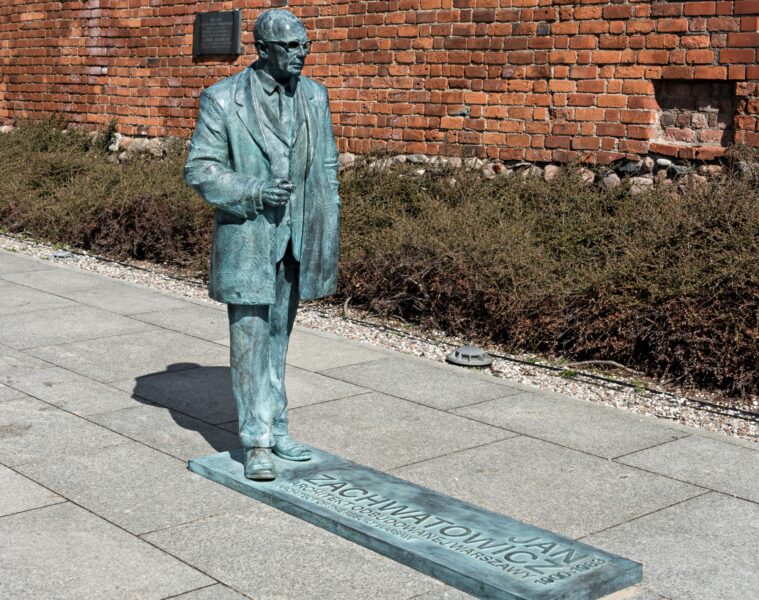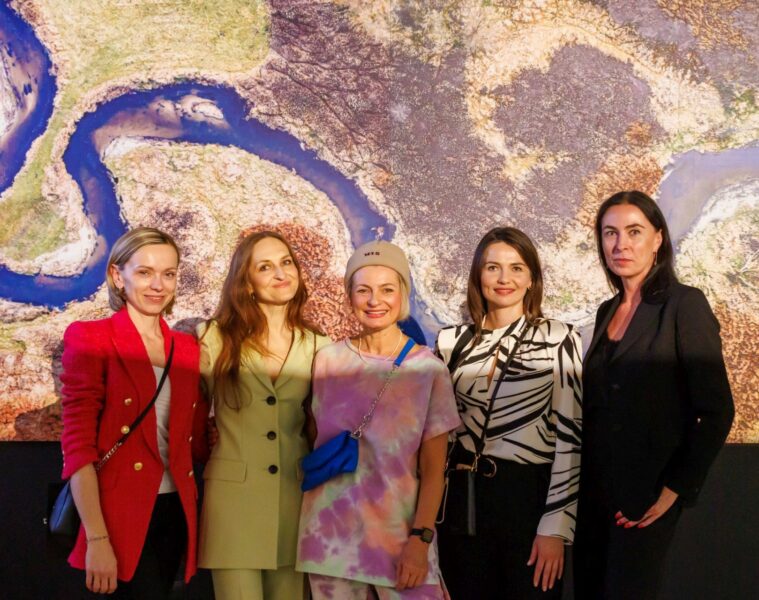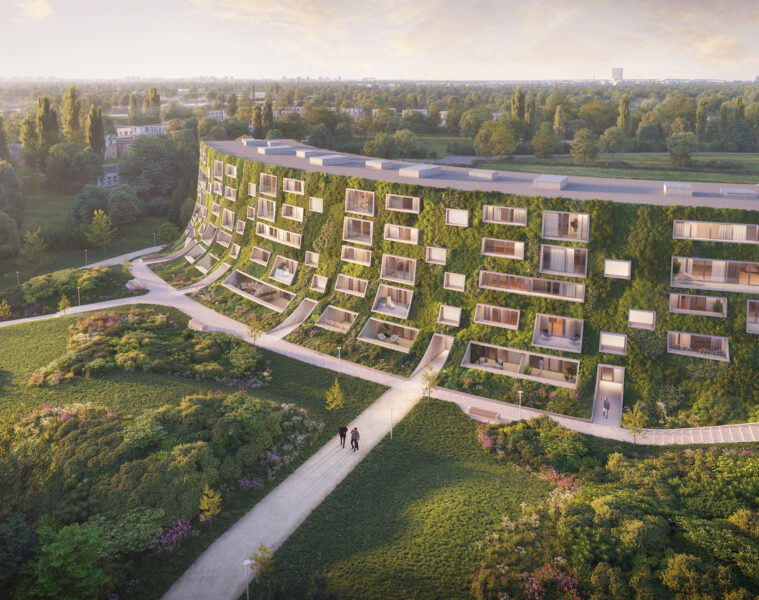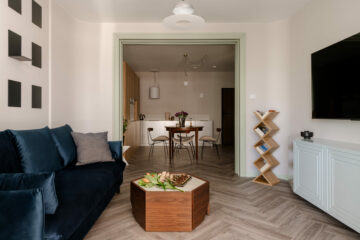An exhibition featuring the Polish designer’s works has opened in the courtyard of the Hôtel-Dieu hospital in Paris. Izabela Boloz’s installations were created on the initiative of the creative agency Manifesto in collaboration with Parisian set designer Cyril Delhomme. Studio Boloz designed an exhibition recalling the history of the hospital and showing how the site has changed over the years.
The Hôtel-Dieu, the first and also the oldest hospital located in the centre of Paris, on the Île de la Cité, one of the two natural islands in the Seine, adjacent to the famous Notre-Dame Cathedral, is today a very important place for the inhabitants of the French capital. Over the centuries, the architectural site has resisted not only the changing landscape of the city, but also its dynamically changing role in healthcare. Despite its many metamorphoses – extensions, reconstructions, fire damage and, finally, the passage of time – it has invariably, to this day, remained a refuge for those who seek help and support in the most difficult of times. Over time, the Hôtel-Dieu has also adapted to the needs of a changing society and scientific advances. Today, while maintaining its therapeutic functions, the hospital is also an important hub for medical research and home to cutting-edge start-ups that are shaping the future of medicine
The site’s history and location inspired the creation of the Exhibition-Mediation, a kind of invitation to interact with the space, history and function of the Hôtel-Dieu. In line with Cyril Delhomme’s vision, Studio Boloz created modern, colourful, modular elements that contrast with the monumental architecture of the building, attracting the attention of passers-by
Cyril Delhomme was familiar with my work from previous projects, including one in Eindhoven. He really liked the system of combining the modules of our Intersections collection and their potential,” comments Izabela Bołoz, author of the installation

The geometric, contrasting modules, which can be interpreted both as elements for sitting, contemplation and high tables, aim to highlight the uniqueness of the place, stimulate visitors’ curiosity and invite them to interact. Each element incorporates information boards in its design that tell the rich history of the place
Each composition is distinguished by its unique shape and dedicated function. Cyril’s emphasis was on the rich informational content that would be contained within the objects, while for us the artistic approach of the compositions was key. Initially, we suggested a regular arrangement of the display modules in the upper part, between the columns – a place that particularly appealed to us – as well as in the lower part, under the stairs. Cyril’s aim was to make the exposition dynamic, so the modules, although in part arranged regularly, were subtly transformed in certain sections – says Izabela Bołoz
Spatial and cultural mediation
The story of the Hôtel-Dieu’s evolution already begins in the entrance hall, where visitors are greeted by a series of symbolic illustrations that link the past, present and future of this unique place. What’s more, the colourful graphics allude to the stained glass windows of the nearby Notre-Dame Cathedral, harmoniously linking these two iconic Parisian landmarks in one deeply cohesive experience
Usability and human interaction play a very important role in my projects. And in this case, I have succeeded in combining the visual with the functional, while at the same time encouraging the users to interpret them individually. Although most outdoor exhibitions are static in nature, I combine the informational aspect with interactivity in my projects. In this way, the exhibition spaces are not only for contemplation, but also for rest, relaxation or even fun – adds the founder of Studio Boloz
The installation in the courtyard of the Hôtel-Dieu is dedicated to all the users of the place: staff, patients, carers and start-ups from the innovation and health sector. The inauguration of the exhibition is scheduled for the weekend of 16/17 September. On these days, the Hôtel-Dieu will be open to the public from 10:00 a.m. to 6:00 p.m. In addition, there will be guided tours of the facility at 3:00 p.m. and 4:30 p.m., which will introduce the history of the hospital. The exhibition will remain open for two years
Scenography: Cyril Delhomme
Outdoor exhibition: Studio Boloz, team composed of Izabela Bołoz, Natalia Kamińska
Graphic design / illustrations: Maison Solide
Concept, coordination and production: Manifesto
Project developed and funded by APHP and Novaxia
source: BOLOZ studio(boloz.eu/en)
Read also: Polish designers | Furniture | Urban furniture | Art | Curiosities | Detail | whiteMAD on Instagram

